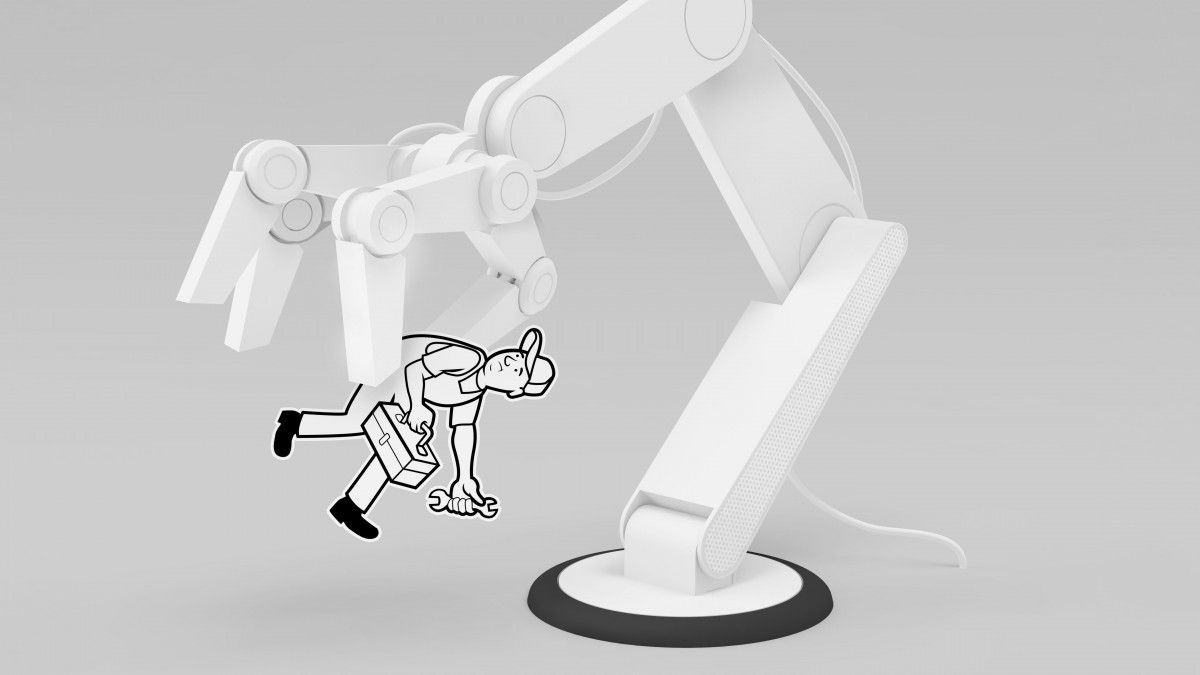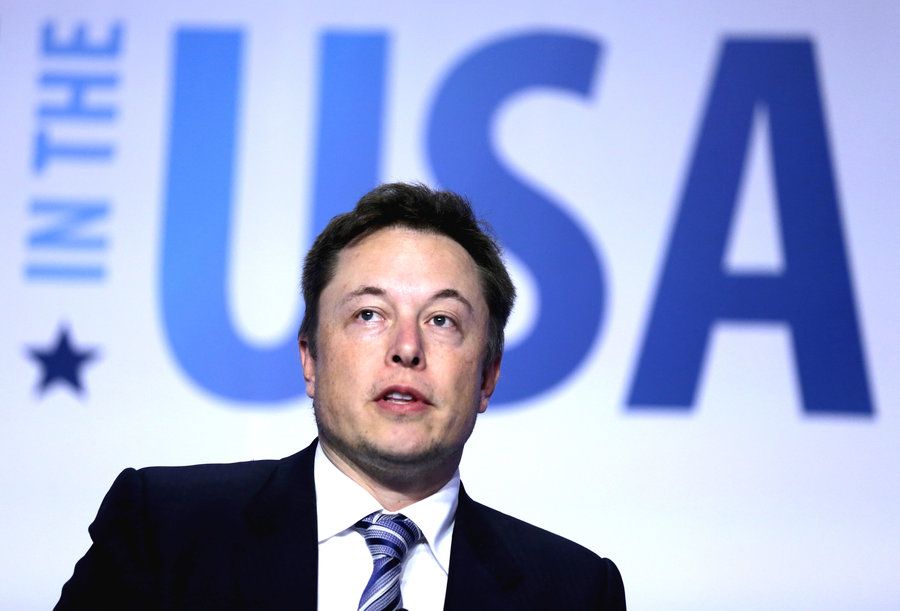Canada puts its money where its mouth is and prepares for a ‘no strings attached’ basic income trial that it hopes will break the cycle of poverty.



MIT has never stood stand still in the presence of change and opportunity. Their Media Lab Currency Initiative is at the forefront of Blockchain and Bitcoin research. With the fracture of the founding core team, MIT stands to become the universal hub for research and development.
The initiative now has a team of 22 people and at least
seven ongoing research projects, and it nurtures three startups that use cryptocurrencies and the underlying technology in a variety of ways. Blockchain research now sits alongside transparent robots that eat real-world fish, solar nebula research, and other imaginative, futuristic projects in progress at the university.
The initiative has already funded the work of bitcoin protocol developers and has supported research, going far beyond bitcoin—even partnering with Ripple Labs and developing enterprise data projects.
Now, the MIT Media Lab Digital Currency Initiative is working on 3 big Blockchain ideas:
The DCI is led by former White House advisor and research director Neha Narula. Read about the three BIG blockchain projects at CoinDesk.
Philip Raymond co-chairs Crypsa & Bitcoin Event, columnist & board member at Lifeboat, editor
at WildDuck and will deliver the keynote address at Digital Currency Summit in Johannesburg.


Wish he & a couple of others would join this ranks that others are on which makes way more sense plus benefits the masses tremendously. Musk needs to join others in their work to enhance humans via Quantum Biosystems as this work is already showing signs of success across multiple areas such as anti-aging, disease elimination, intelligence & communications, security, reduction in costs of healthcare & social programs, advancements in new creative innovations in technology & medicine, new industry new growth/ economic expansion, elimination of starvation, etc.
How can humans stay relevant in an age of artificial intelligence? Elon Musk thinks cyborgs are the answer.
The Tesla and SpaceX CEO discussed the need for a “merger of biological intelligence and digital intelligence” during a talk on Monday at the World Government Summit in Dubai, CNBC reported.
One of the main advantages computers have over humans is the speed at which they can send out information, Musk said. While humans are limited by the speed of their typing, a computer can send out information at “a trillion bits per second,” Musk said. As artificial intelligence (AI) becomes more advanced, humans will also need to evolve to remain relevant, he added.

Not shocking to see; wonder how long this fact finally came out; as when you review much of the research and application of blockchaining that it is not hard to figure out that as more and more QC goes online; we would need a way to bridge block chaining environments to QC.
Quantum mechanics have ignited a transformational change in the way we envision the world and utilize technology. Economics is one of the prominent fields throughout which Quantum mechanics can be deployed. Quantum mechanics can be utilized to create a novel class of blockchains. A new paper has just been published exploring the possibilities of building blockchains on the basis of Quantum mechanics. It discusses how Quantum mechanics can be ideally deployed to build a new class of blockchains.
Quantum based blockchains, known as K-Chains, have a group of advantages over classical blockchains including communication of transactions at a Faster-Than-Light (FTL) speed, unlimited capacity of the network and an innovative offline blockchain that needn’t be connected to the internet for transactions to be executed. Extrapolation of these possibilities can lead to the creation of Quantum Turing Machines that rely on the Quantum Blockchain (K-Chain) technology. Real time data and communication protocols that span across distances of “light years” will be possible.


A new story out on Engadget, emphasizing the need to make government treat science and technology as a primary focus:
Zoltan Istvan didn’t have much of a chance at being president, but that didn’t stop him from campaigning as the Transhumanist Party’s candidate to promote his pro-technology and science positions. Now, he’s setting his sights a bit lower, and with a different party. Istvan announced this morning that he plans to run for governor of California in 2018 under the Libertarian Party.
“We need leadership that is willing to use radical science, technology, and innovation—what California is famous for—to benefit us all,” he wrote in a Newsweek article. “We need someone with the nerve to risk the tremendous possibilities to save the environment through bioengineering, to end cancer by seeking a vaccine or a gene-editing solution for it, to embrace startups that will take California from the world’s 7th largest economy to maybe even the largest economy—bigger than the rest of America altogether.”
When we spoke to him in November, Istvan made it clear that he would be looking at the Libertarian Party if he were to run for president again. Not only does he identify as libertarian, he also saw the benefit of working with a more established political party, instead of starting one from the ground up.
“The most important thing I learned from my presidential campaign is that this is a team sport,” Istvan said in an email. “Without the proper managers, volunteers, spokespeople, and supporters, it’s really impossible to make a dent in an election. That’s part of the reason I joined the Libertarian Party for my governor run. They have tens of thousands of active supporters in California alone, so my election begins with real resources and infrastructure to draw upon. That’s a large difference from my Presidential campaign, where we essentially were shoe-stringing it the whole time.”


